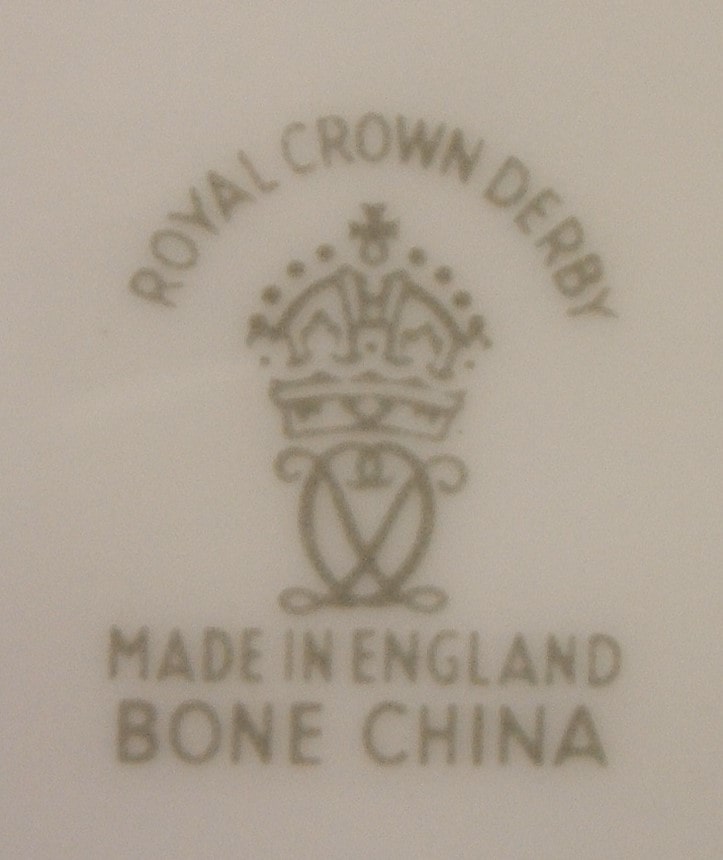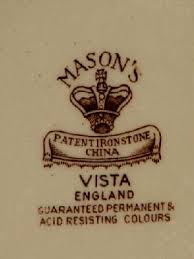 This is a basic guide to the identification and dating of British ceramics.
This is a basic guide to the identification and dating of British ceramics.Ceramic Types
A “type” refers to a category of ceramics that shares a consistent, specific and unique combination of physical attributes (such as paste type, colour of decoration, kind of glazing, etc.). Type definitions also incorporate additional information about dates, origins, costs and functions of pottery.
We intend to illustrate the basic principals of visual ceramic type identification, which will allow users to access additional information.
Most types of historic ceramics, that is, post-1492 ceramics of European origin or inspiration, are classified according to three primary attributes:
Paste
The characteristics of the clay from which the piece is made.
Surface Treatment
The way the surface of the vessel is treated, covered or glazed.
Decoration
The methods, colours and motifs used to decorate the piece.
Each “type” of ceramic has a unique combination of paste, surface treatment and decoration that is not found in that combination on any other “type”
Ceramic Identification
The first step in identifying a pottery type should be the identification of paste type.
Coarse Earthenware
Also known as “earthenware”, “terra cotta”, or “pottery”
Fired at temperatures of 900-1200°C porous, softest and least compact of the paste types, often contains tempering material, colours range widely from cream through dark red. Can have a wide variety of surface treatments.
Refined Earthenware
Also known as “China” or “semi-porcelain”
Fired at temperatures of 1100-1200° C hard and compact, only slightly porous, compaction texture may be visible, thin and cream to white in colour. Usually lead-glazed.
Stoneware
Fired at temperatures of 1200-1350° C hard and very compact, but not vitreous, non-porous, granite-like in texture, usually grey in colour, rarely cream or white. Usually salt-glazed.
Fired at temperatures of 1200-1350° C hard and very compact, but not vitreous, non-porous, granite-like in texture, usually grey in colour, rarely cream or white. Usually salt-glazed.
Porcelain
Fired at temperatures of 1300-1450° C very hard, compact and vitreous, white to bluish-white in colour. Sometimes lead-glazed.
Fired at temperatures of 1300-1450° C very hard, compact and vitreous, white to bluish-white in colour. Sometimes lead-glazed.
Surface Treatment
The next step involves the surface treatment. Once the paste type is identified, it is necessary to identify the general category of surface treatment.
Surface displacement, penetration or addition (Punctuates, incising, appliqué etc.)
Smoothing or scraping
Polishing and burnishing
Painting and pigmentation
Slip decorating
Glazing
Lead glaze (AKA low-fired glaze)
Tin enamel
Salt glaze
Field spar glaze
The final step in identifying a pottery type is to analyse the decoration. This is the most specific of the elements identifying a ceramic type. It is important to identify paste type and surface treatment first, because the same decorative elements can occur on several different paste types and surface treatments. Decoration includes specific design motifs, colours and iconographic elements.
Dating Ceramics
There are so many ceramic marks and certainly too many to commit to memory for the average collector. Short of walking around with a book of ceramic marks and constantly checking, it is better to have a few simple guides to help determine the approximate date and manufacturer. For this reason we will give a few pointers to look for.
1810


Pieces bearing a pattern number or name, can be assumed that it dates no earlier than 1810
1860
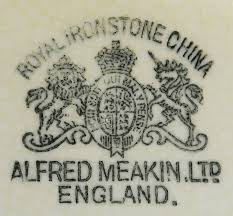

The word "Limited" or "Ltd" appears after 1860 after a law was passed requiring it to be shown by limited liability companies. Although it was being used on pieces from 1885 onwards.
1862
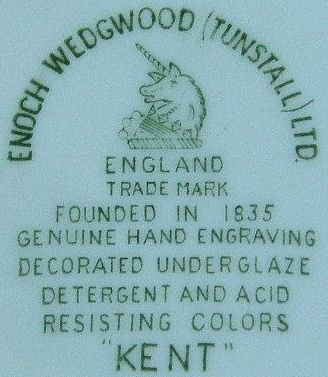
The Trade Mark Act became law. therefore any piece bearing the words "Trade Mark" can taken as being made from that year onwards.
1891
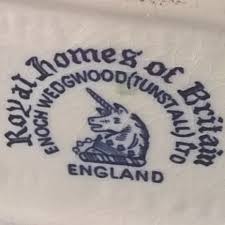
The Mckinley Tariff Act of America required all imports to America to bear the name of the country of origin.
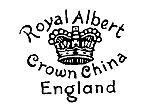
1900's
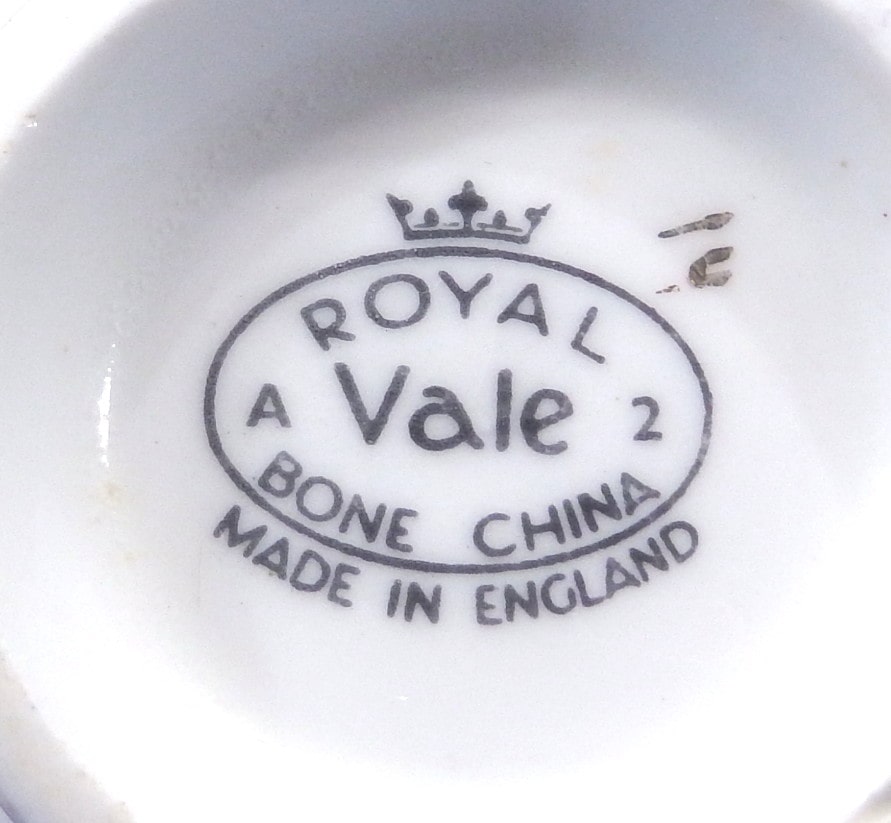

Pieces bearing the words "English Bone China" or "Bone China" are products of the 1900´s.
1900's
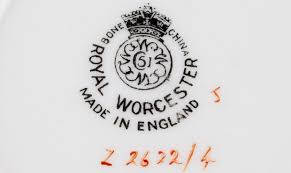
"Made in England" also suggests 1900´s manufacture, usually after 1914 although it could be as early as1875 onwards.
